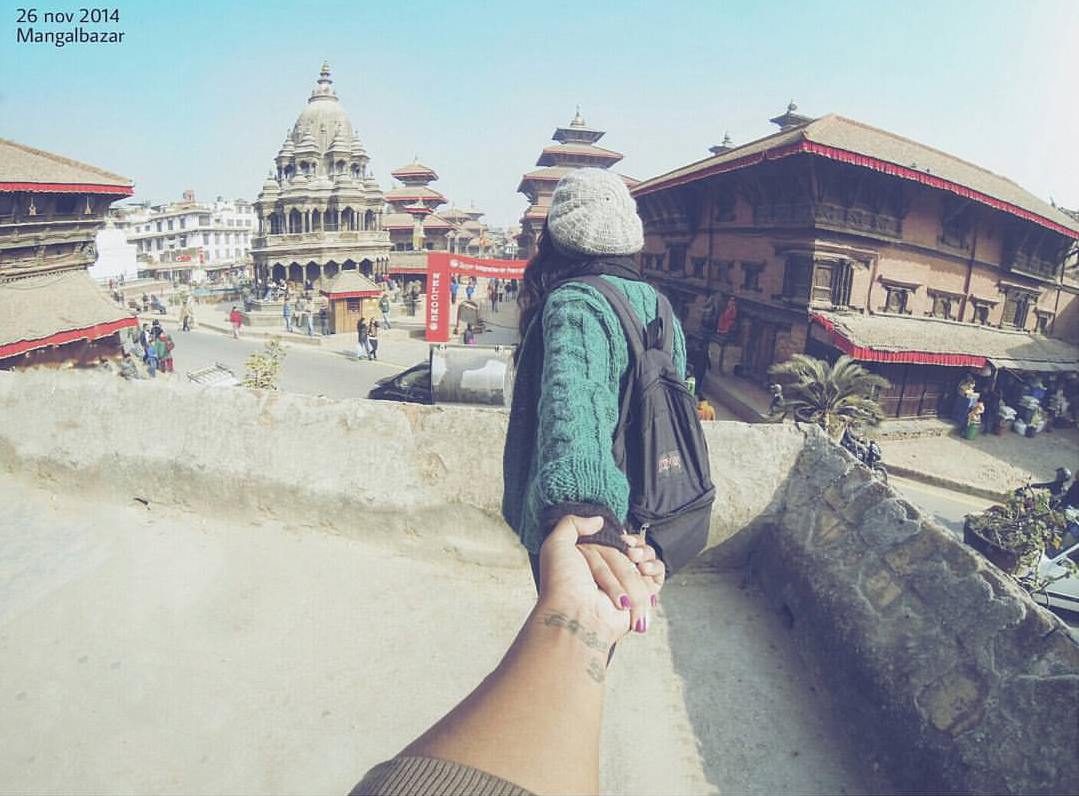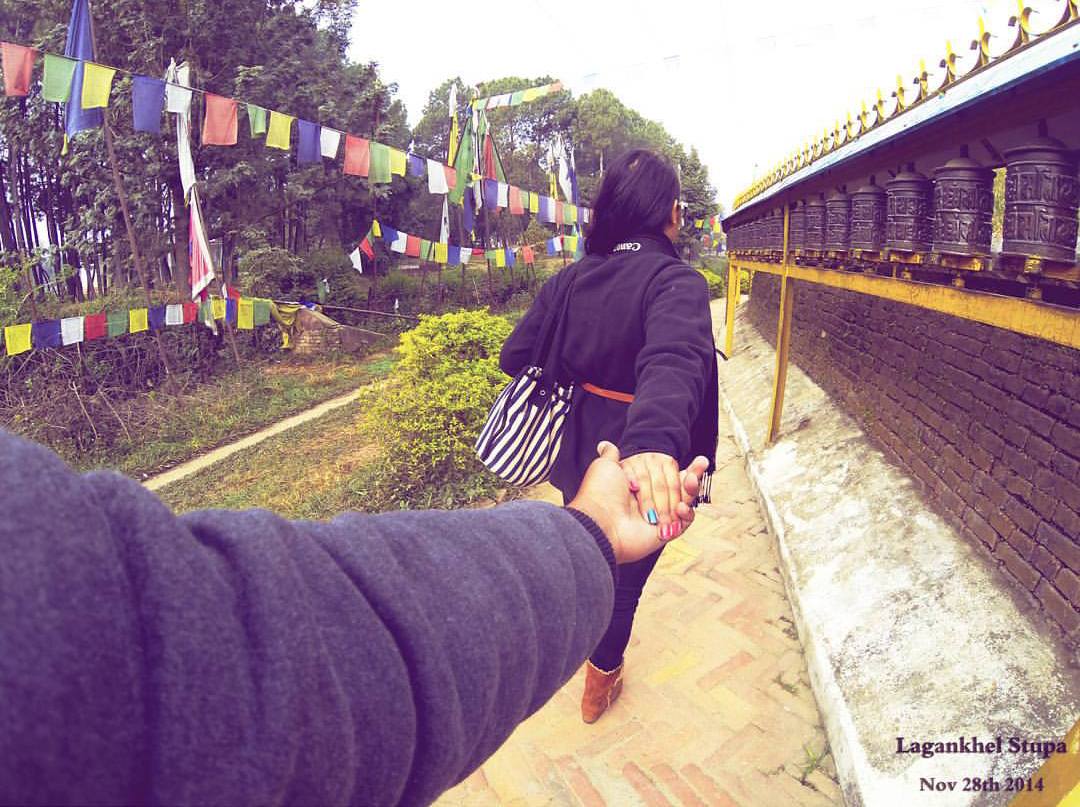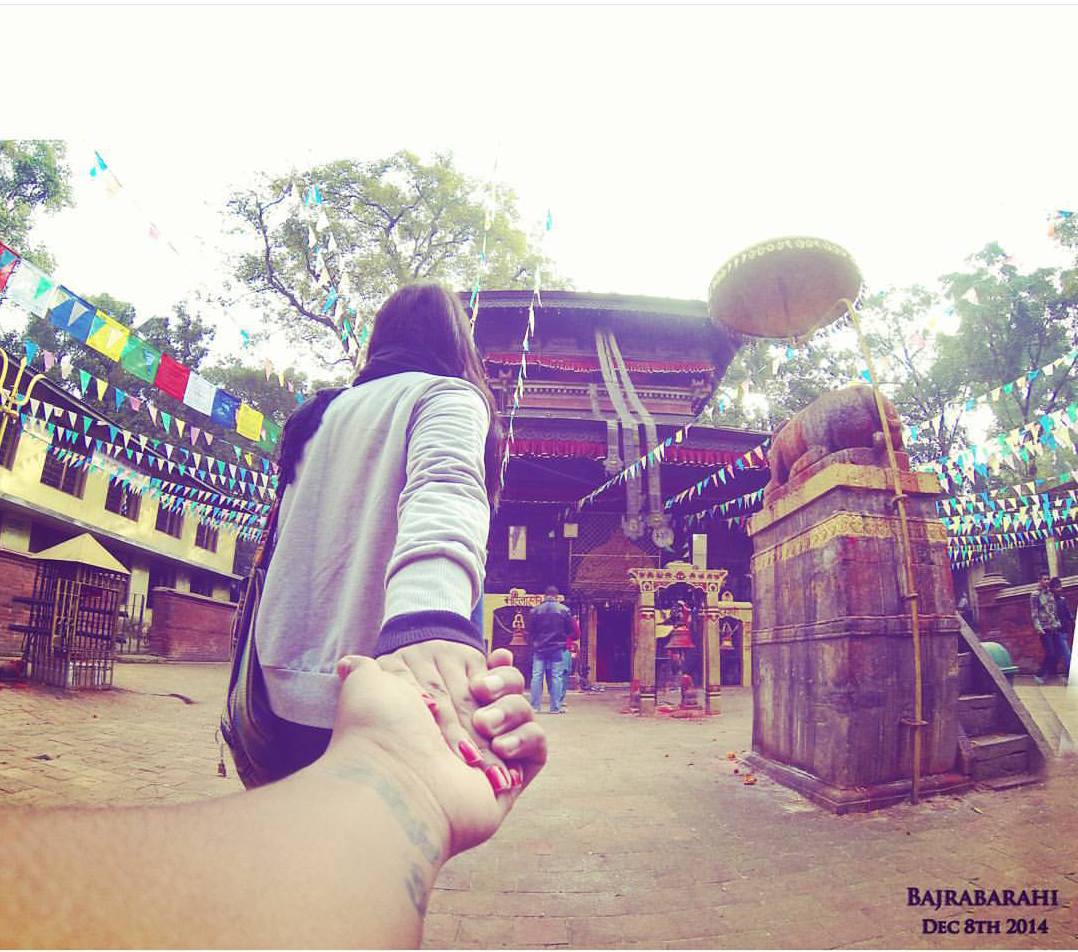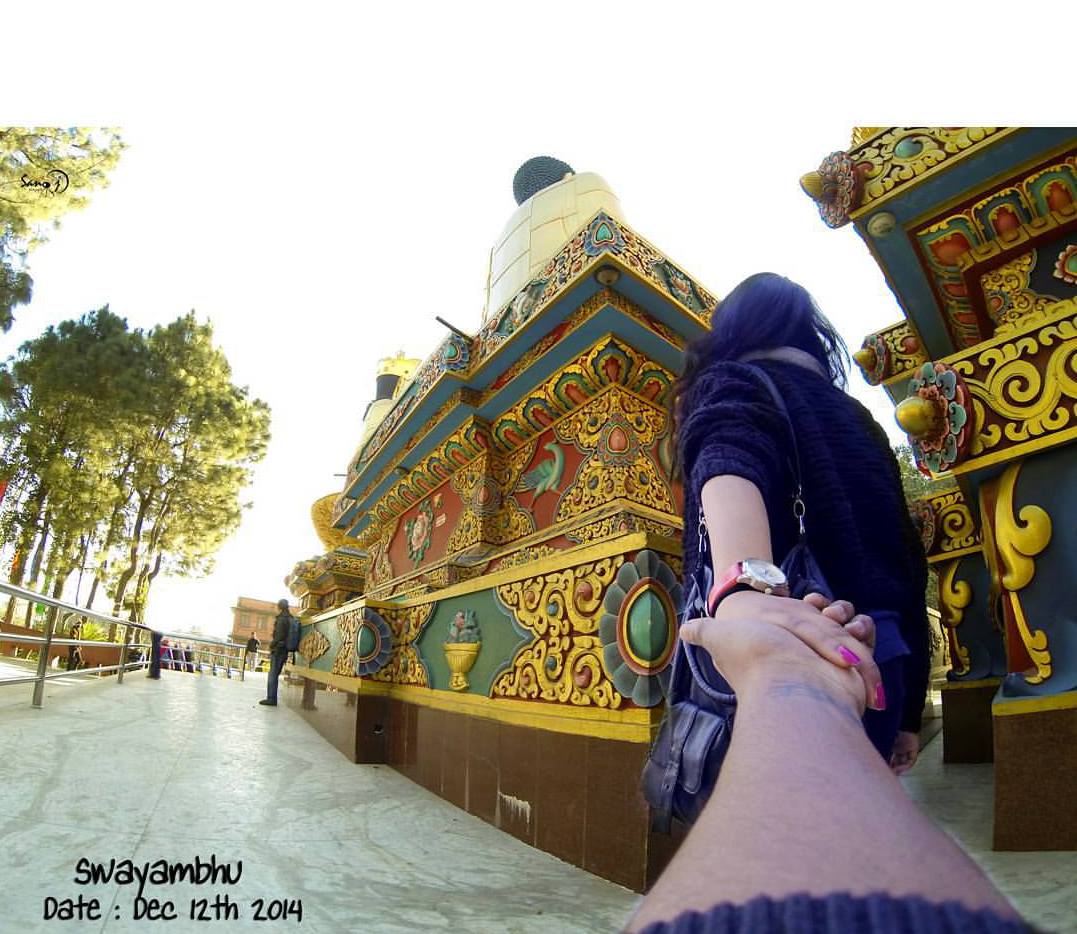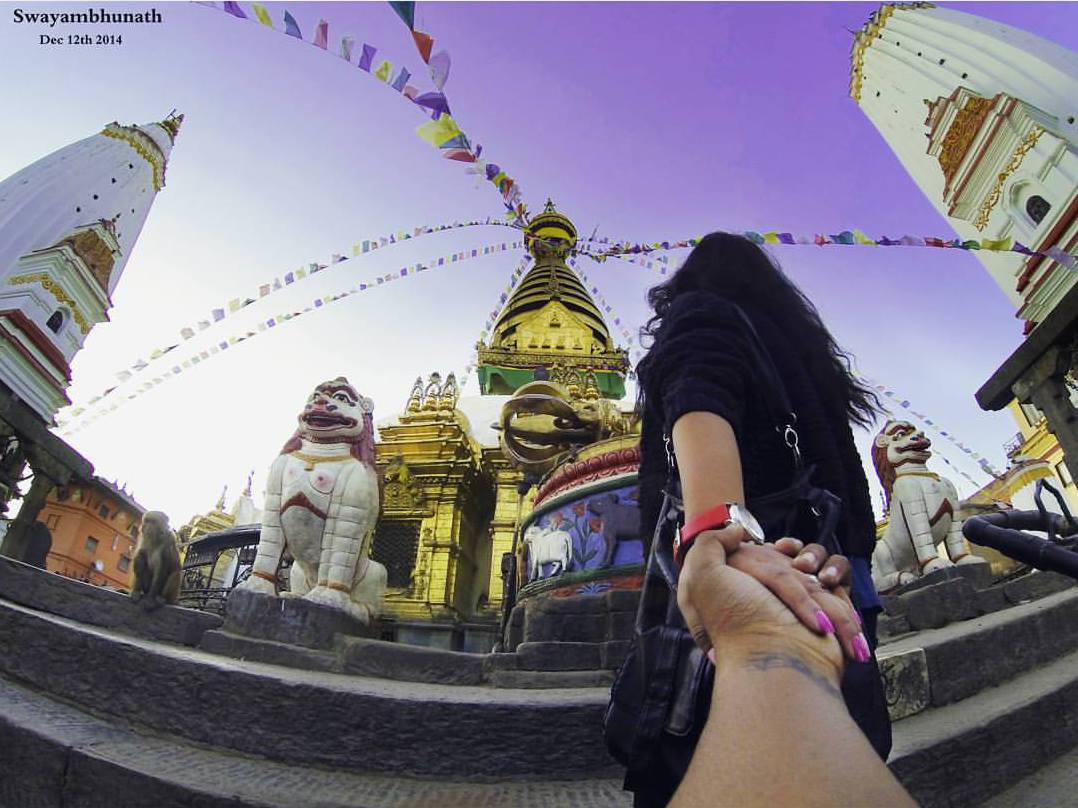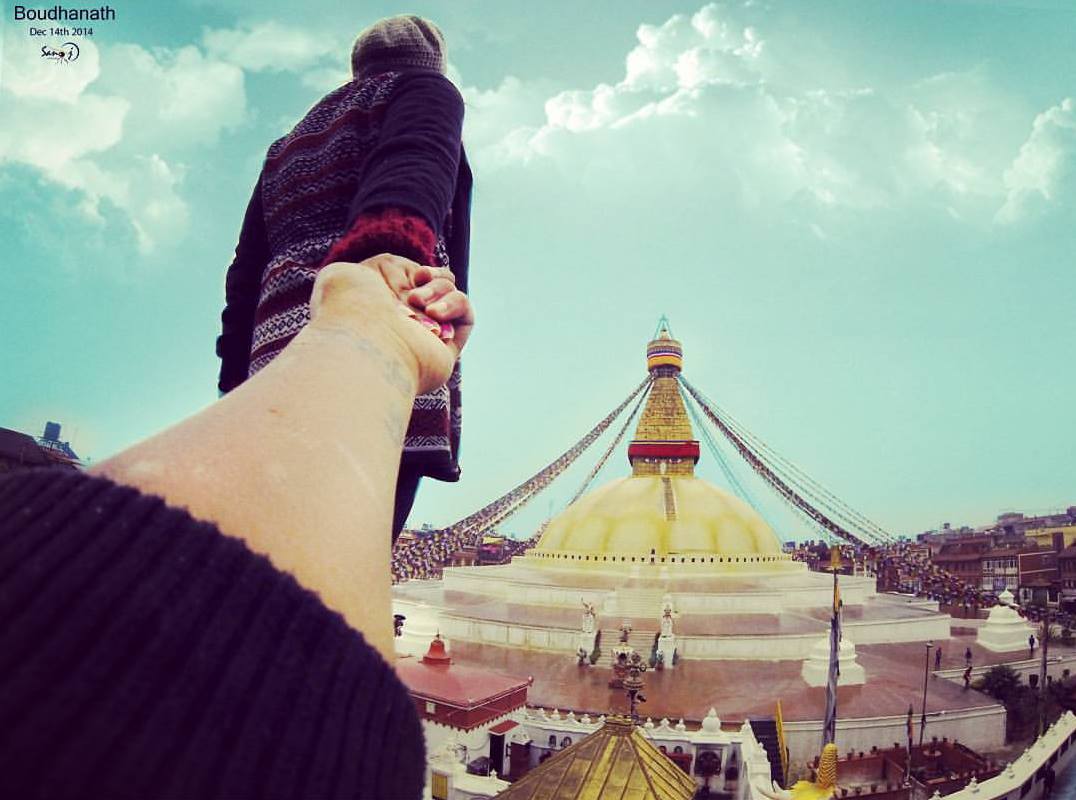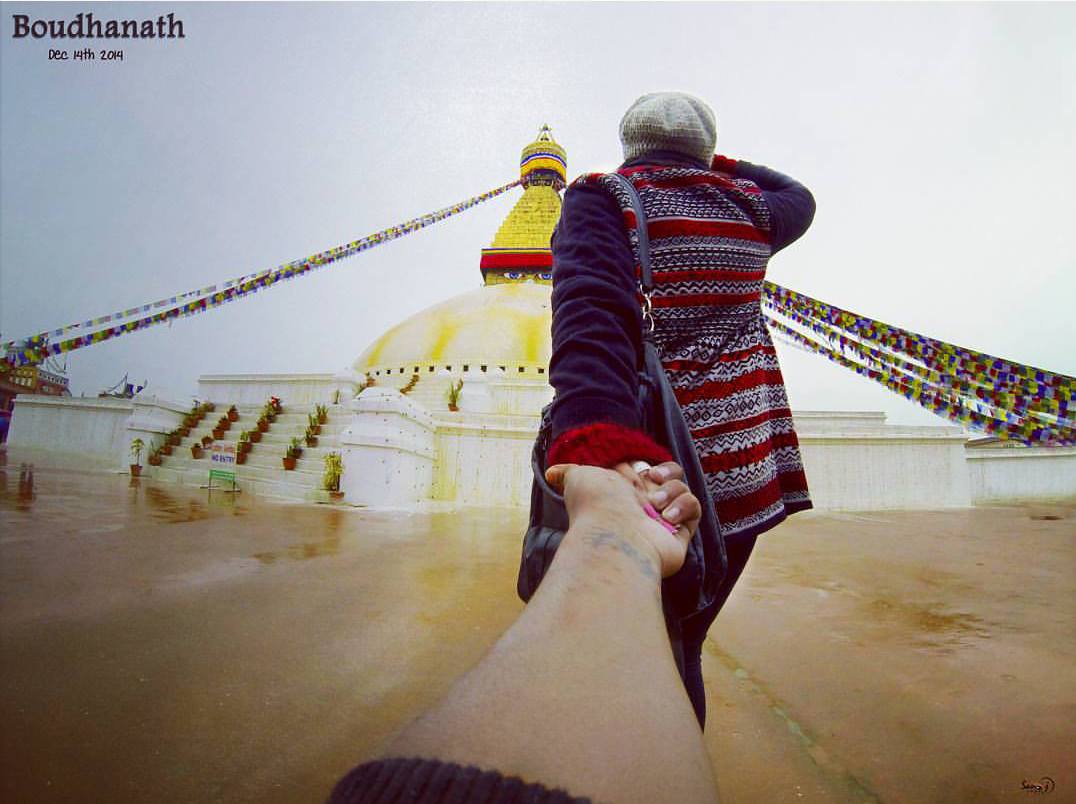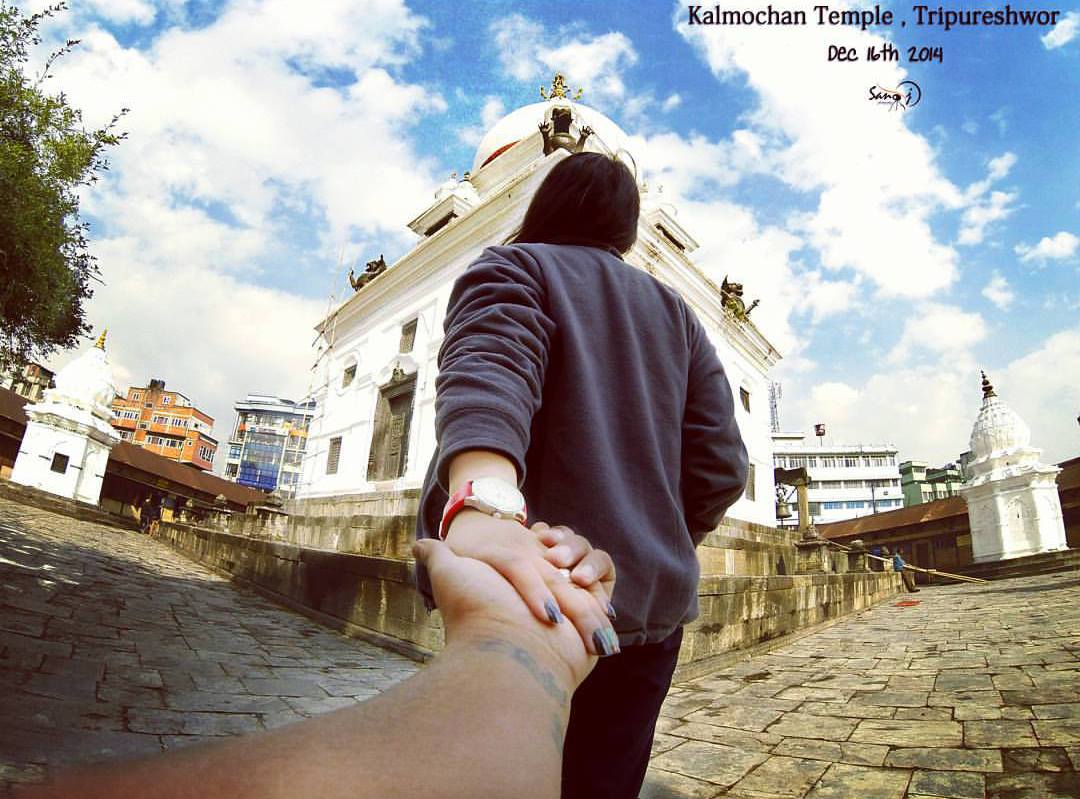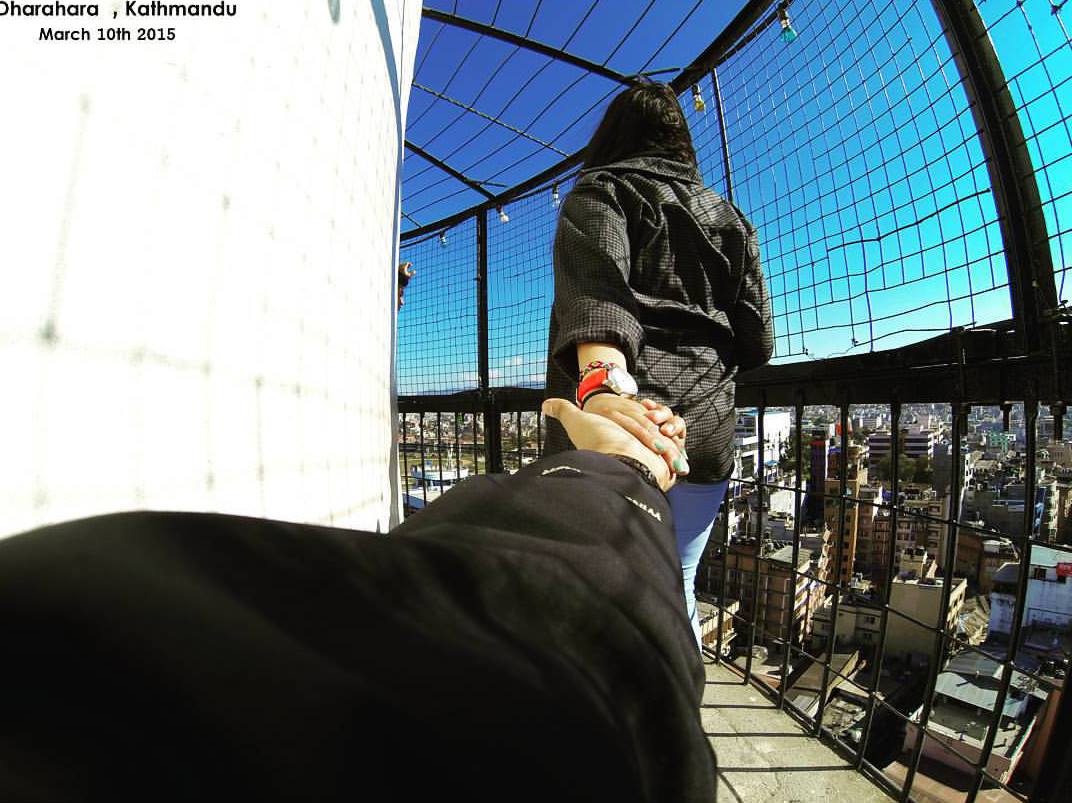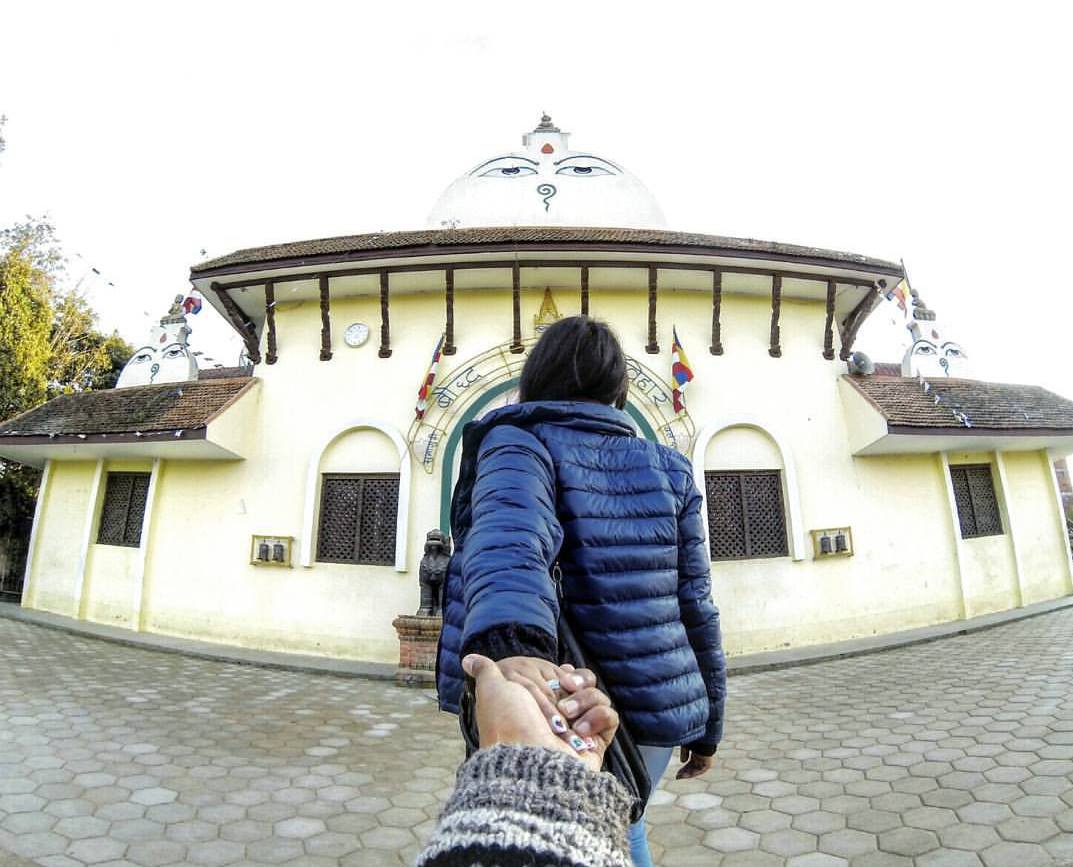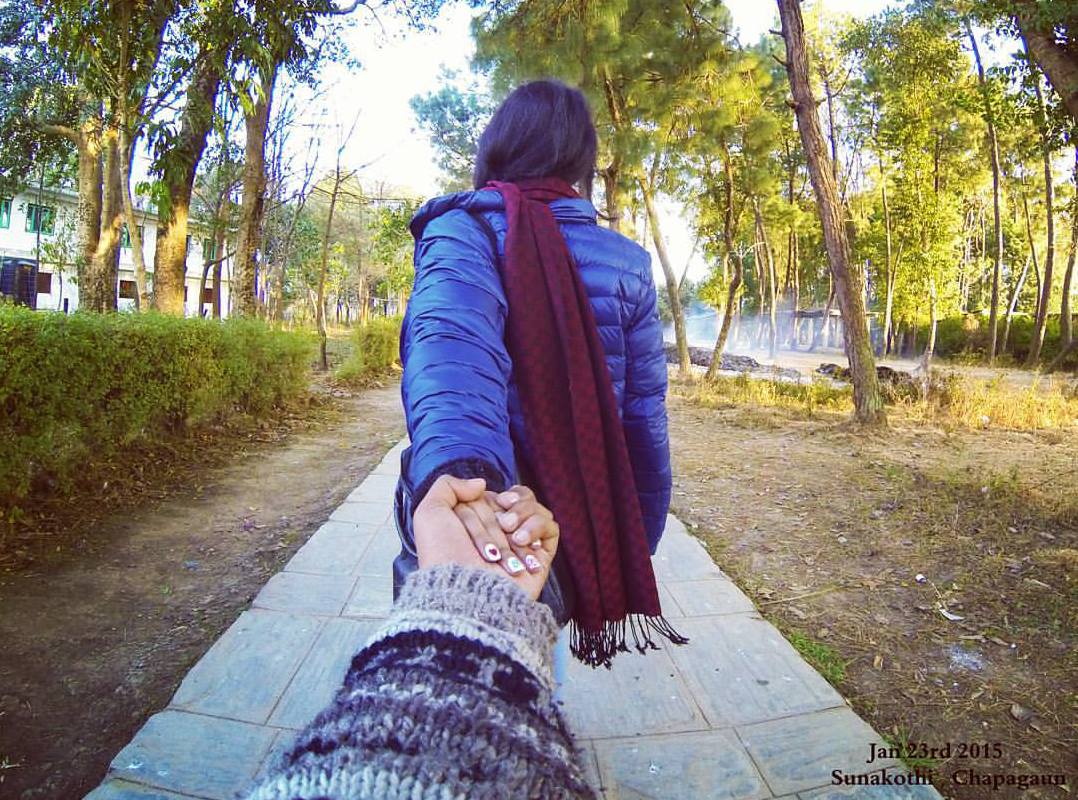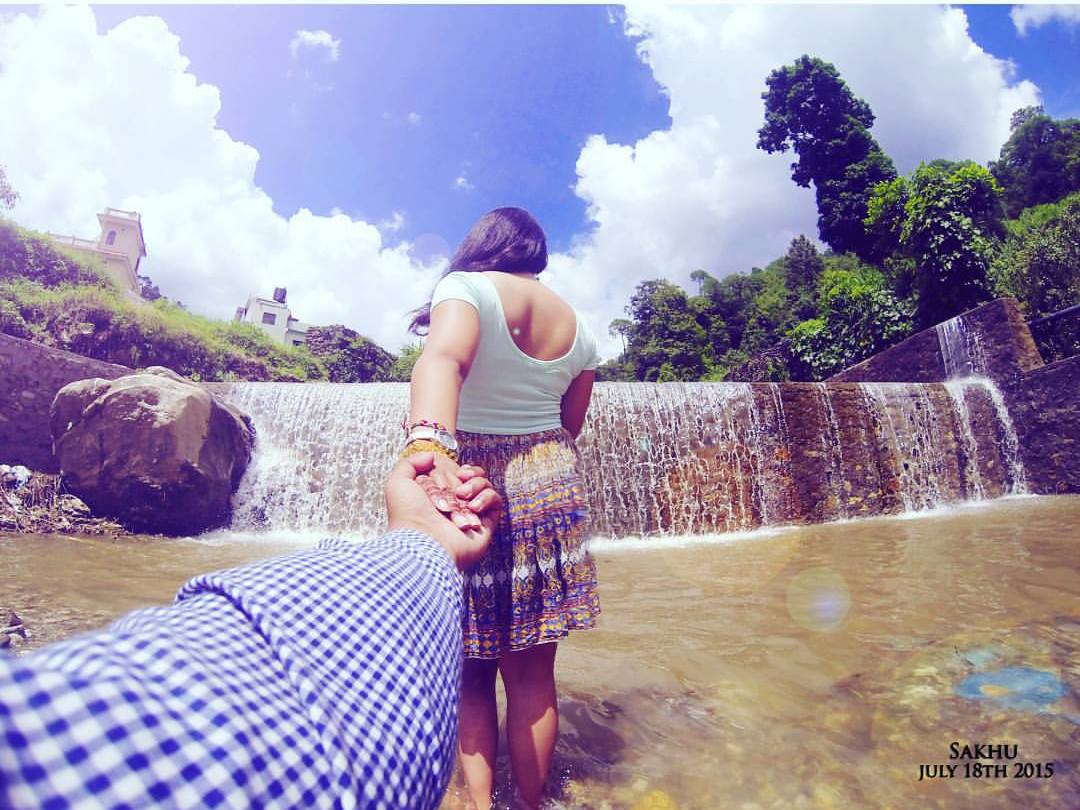Kali Linux commands cheat sheet. All basic commands from A to Z in Kali Linux has been listed below.
Also Read: How to run Kali on your Android device
A
apropos : Search Help manual pages (man -k)
apt-get : Search for and install software packages (Debian/Ubuntu)
aptitude : Search for and install software packages (Debian/Ubuntu)
aspell : Spell Checker
awk : Find and Replace text, database sort/validate/index
B
basename : Strip directory and suffix from filenames
bash : GNU Bourne-Again SHell
bc : Arbitrary precision calculator language
bg : Send to background
break : Exit from a loop
builtin : Run a shell builtin
bzip2 : Compress or decompress named file(s)
C
cal : Display a calendar
case : Conditionally perform a command
cat : Concatenate and print (display) the content of files
cd : Change Directory
cfdisk : Partition table manipulator for Linux
chgrp : Change group ownership
chmod : Change access permissions
chown : Change file owner and group
chroot : Run a command with a different root directory
chkconfig : System services (runlevel)
cksum : Print CRC checksum and byte counts
clear : Clear terminal screen
cmp : Compare two files
comm : Compare two sorted files line by line
command : Run a command – ignoring shell functions •
continue : Resume the next iteration of a loop •
cp : Copy one or more files to another location
cron : Daemon to execute scheduled commands
crontab : Schedule a command to run at a later time
csplit : Split a file into context-determined pieces
cut : Divide a file into several parts
D
date : Display or change the date & time
dc : Desk Calculator
dd : Convert and copy a file, write disk headers, boot records
ddrescue : Data recovery tool
declare : Declare variables and give them attributes •
df : Display free disk space
diff : Display the differences between two files
diff3 : Show differences among three files
dig : DNS lookup
dir : Briefly list directory contents
dircolors : Colour setup for `ls’
dirname : Convert a full pathname to just a path
dirs : Display list of remembered directories
dmesg : Print kernel & driver messages
du : Estimate file space usage
E
echo : Display message on screen •
egrep : Search file(s) for lines that match an extended expression
eject : Eject removable media
enable : Enable and disable builtin shell commands •
env : Environment variables
ethtool : Ethernet card settings
eval : Evaluate several commands/arguments
exec : Execute a command
exit : Exit the shell
expect : Automate arbitrary applications accessed over a terminal
expand : Convert tabs to spaces
export : Set an environment variable
expr : Evaluate expressions
F
false : Do nothing, unsuccessfully
fdformat : Low-level format a floppy disk
fdisk : Partition table manipulator for Linux
fg : Send job to foreground
fgrep : Search file(s) for lines that match a fixed string
file : Determine file type
find : Search for files that meet a desired criteria
fmt : Reformat paragraph text
fold : Wrap text to fit a specified width.
for : Expand words, and execute commands
format : Format disks or tapes
free : Display memory usage
fsck : File system consistency check and repair
ftp : File Transfer Protocol
function : Define Function Macros
fuser : Identify/kill the process that is accessing a file
G
gawk : Find and Replace text within file(s)
getopts : Parse positional parameters
grep : Search file(s) for lines that match a given pattern
groupadd : Add a user security group
groupdel : Delete a group
groupmod : Modify a group
groups : Print group names a user is in
gzip : Compress or decompress named file(s)
H
hash : Remember the full pathname of a name argument
head : Output the first part of file(s)
help : Display help for a built-in command
history : Command History
hostname : Print or set system name
I
iconv : Convert the character set of a file
id : Print user and group id’s
if : Conditionally perform a command
ifconfig : Configure a network interface
ifdown : Stop a network interface
ifup : Start a network interface up
import : Capture an X server screen and save the image to file
install : Copy files and set attributes
J
jobs : List active jobs
join : Join lines on a common field
K
kill : Stop a process from running
killall : Kill processes by name
L
less : Display output one screen at a time
let : Perform arithmetic on shell variables
ln : Create a symbolic link to a file
local : Create variables
locate : Find files
logname : Print current login name
logout : Exit a login shell
look : Display lines beginning with a given string
lpc : Line printer control program
lpr : Off line print
lprint : Print a file
lprintd : Abort a print job
lprintq : List the print queue
lprm : Remove jobs from the print queue
ls : List information about file(s)
lsof : List open files
M
make : Recompile a group of programs
man : Help manual
mkdir : Create new folder(s)
mkfifo : Make FIFOs (named pipes)
mkisofs : Create an hybrid ISO9660/JOLIET/HFS filesystem
mknod : Make block or character special files
more : Display output one screen at a time
mount : Mount a file system
mtools : Manipulate MS-DOS files
mtr : Network diagnostics (traceroute/ping)
mv : Move or rename files or directories
mmv : Mass Move and rename (files)
N
netstat : Networking information
nice Set : the priority of a command or job
nl Number : lines and write files
nohup : Run a command immune to hangups
notify-send : Send desktop notifications
nslookup : Query Internet name servers interactively
O
open : Open a file in its default application
op : Operator access
P
passwd : Modify a user password
paste : Merge lines of files
pathchk : Check file name portability
ping : Test a network connection
pkill : Stop processes from running
popd : Restore the previous value of the current directory
pr : Prepare files for printing
printcap : Printer capability database
printenv : Print environment variables
printf : Format and print data •
ps : Process status
pushd : Save and then change the current directory
pwd : Print Working Directory
Q
quota : Display disk usage and limits
quotacheck : Scan a file system for disk usage
quotactl : Set disk quotas
R
ram : ram disk device
rcp : Copy files between two machines
read : Read a line from standard input
readarray : Read from stdin into an array variable
readonly : Mark variables/functions as readonly
reboot : Reboot the system
rename : Rename files
renice : Alter priority of running processes
remsync : Synchronize remote files via email
return : Exit a shell function
rev : Reverse lines of a file
rm : Remove files
rmdir : Remove folder(s)
rsync : Remote file copy (Synchronize file trees)
S
screen : Multiplex terminal, run remote shells via ssh
scp : Secure copy (remote file copy)
sdiff : Merge two files interactively
sed : Stream Editor
select : Accept keyboard input
seq : Print numeric sequences
set: Manipulate shell variables and functions
sftp : Secure File Transfer Program
shift : Shift positional parameters
shopt : Shell Options
shutdown : Shutdown or restart linux
sleep : Delay for a specified time
slocate : Find files
sort : Sort text files
source : Run commands from a file `.’
split : Split a file into fixed-size pieces
ssh : Secure Shell client (remote login program)
strace : Trace system calls and signals
su : Substitute user identity
sudo : Execute a command as another user
sum : Print a checksum for a file
suspend : Suspend execution of this shell
symlink : Make a new name for a file
sync : Synchronize data on disk with memory
T
tail : Output the last part of file
tar : Tape ARchiver
tee : Redirect output to multiple files
test : Evaluate a conditional expression
time : Measure Program running time
times : User and system times
touch : Change file timestamps
top : List processes running on the system
traceroute : Trace Route to Host
trap : Run a command when a signal is set(bourne)
tr : Translate, squeeze, and/or delete characters
true : Do nothing, successfully
tsort : Topological sort
tty : Print filename of terminal on stdin
type : Describe a command
U
ulimit : Limit user resources
umask : Users file creation mask
umount : Unmount a device
unalias : Remove an alias
uname : Print system information
unexpand : Convert spaces to tabs
uniq : Uniquify files
units : Convert units from one scale to another
unset : Remove variable or function names
unshar : Unpack shell archive scripts
until : Execute commands (until error)
uptime : Show uptime
useradd : Create new user account
userdel : Delete a user account
usermod : Modify user account
users : List users currently logged in
uuencode : Encode a binary file
uudecode : Decode a file created by uuencode
V
v : Verbosely list directory contents (`ls -l -b’)
vdir : Verbosely list directory contents (`ls -l -b’)
vi : Text Editor
vmstat : Report virtual memory statistics
W
wait : Wait for a process to complete
watch : Execute/display a program periodically
wc : Print byte, word, and line counts
whereis : Search the user’s $path, man pages and source files for a program
which : Search the user’s $path for a program file
while : Execute commands
who : Print all usernames currently logged in
whoami : Print the current user id and name (`id -un’)
wget : Retrieve web pages or files via HTTP, HTTPS or FTP
write : Send a message to another user
x
xargs : Execute utility, passing constructed argument list(s)
xdg-open : Open a file or URL in the user’s preferred application.
 Lemon juice — half cup
Lemon juice — half cup Lemon juice — half cup
Lemon juice — half cup
